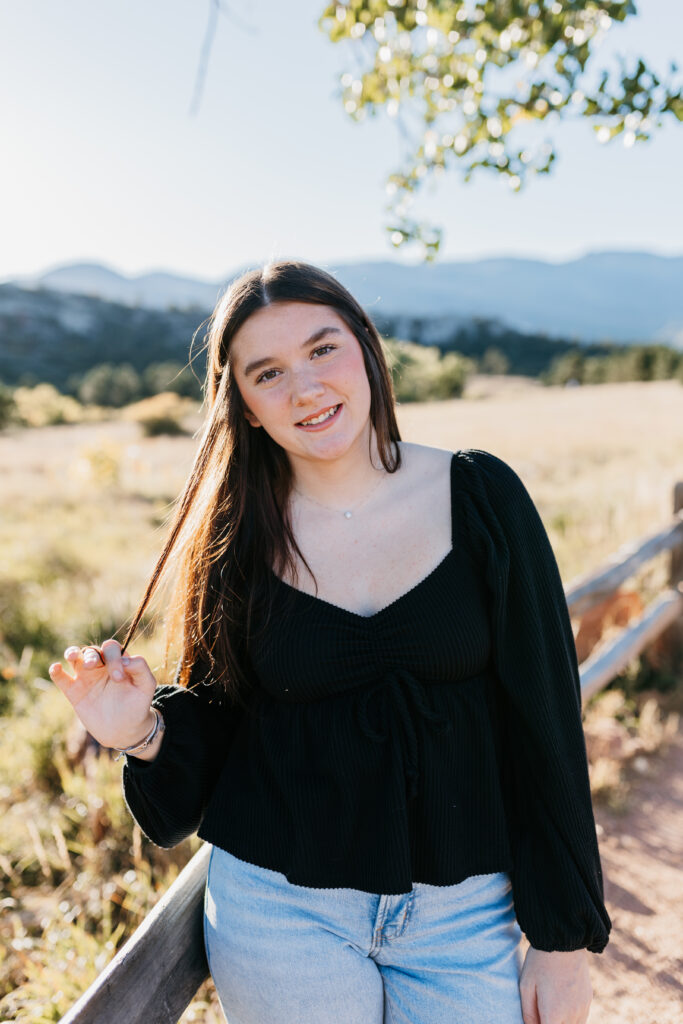
/
I’ve made the case for professional photos, and even a case for why you should invest in framed prints. But did you know there are tons of other uses for your images? Sure, having photos around your home can boost your mood and keep your decor current, but did you know there’s even plenty of unconventional uses for your company headshots? That’s right! So let’s dive in, because we’ve got a lot to cover…
Wedding/Engagement Photos
1. Make an Album or Personalized Photo Book
I’ve made entire posts about this before, but I can’t stress this enough: When you pass your wedding and engagement photos down to future generations, you’re going to want them in print—not on a screen! The digital age is here to stay, but there are some things that will always stand the test of time and be worth the investment. Tangible proof of your love story is definitely one of those things! And with amazing sites like Mixbook, Shutterfly, Blurb and Snapfish, making your albums and photo books can be as much fun as sharing them.
2. Personalize Your Thank You Cards
Weddings and engagements have no shortage of professional photos—and events that celebrate the happy couple! Whether you’re wrapping up your bridal shower, engagement party, bachelor/bachelorette nights or even your wedding reception, using your photos can take thank you notes from a formality to personal keepsakes for everyone who had a hand in your union.

3. Create a Video Slideshow
Do you love the professional photos from your engagement session? Make a digital slideshow to play on a loop at your wedding reception! Want to get more mileage out of your gorgeous wedding photos? Save them to a video slideshow you can play or share forever—you can even set the slides to your song! Most wedding packages come with a complete digital album, but sharing the whole thing might seem like a bit much. That’s why I suggest making your own highlight reel of sorts—especially if you skipped a videographer!
Professional Photos of your Family
1. Customize Your Holiday Cards
Whether you’re sending them to your family, friends or associates, sharing holiday cards is a great way to connect with the people in your life—and spread a little joy and cheer in what can be a stressful and distracting time of year! Using professional photos to create your cards can make a card a personal greeting, AND update your loved ones on any changes to your family. Kids grow up quickly! Keeping your annual holiday cards can track and document the years in a perfectly festive way.


2. Give Personal Gifts
Speaking of holidays, there are SO many personalized gifts you can give—especially if you have recent professional photos handy! You can check out a few of my favorites here, but trust me, you’ll be hard-pressed to find grandparents or teachers who don’t love a good calendar, photo book or framed print. Give the gift only you can give! It’s definitely worth having photos for.
3. Make A Collage
When you take professional photos of your family, odds are, you’ll end up with too many favorites to choose just one to frame. Photographers try their best to capture all kinds of connections, from just mom and dad to every combination of family members possible. Everyone has a unique and special relationship, and it’s so much fun to tell each story on film. So why not tell the whole story with a framed collage or gallery wall? It might feel messy at first, but if you use photos from the same session, it will all come together perfectly.





Headshots
1. Update Your Website
In this day and age, if you don’t have a personal webpage, your company probably does—and each one is likely equipped with an “About Me” or “Contact” page. Adding headshots to these pages can give your audience or your clients a face to put with your name, products or services, and using professional photos can really set you apart.


2. Keep Social Media Current
Do you have a LinkedIn account or a Facebook Business Page? What about using Instagram for your marketing? You’ll need a profile picture for those accounts, or at the very least a header image. Professional photos can make your accounts clean, current, and professional, which can go just as far with your audience as the page content itself.
3. Modernize Business Prints
Business cards might seem like a thing of the past, but let’s face it, they’ll never entirely go away. Bring yours to the present with professional photos! The card itself will document your name and contact information, but your headshot can allow people to better remember their interactions with you long after the networking meeting, corporate event, or conference. Does your business have brochures, fliers, promotions or advertisements? Headshots can be used there, too, to give customers a more personal look at who they’re working with.
Don’t worry, seniors. I didn’t forget about you! In fact, you have a whole post with all my favorite ways to use your senior portraits—from grad party announcements to cute dorm decor.




Ready to book your session? Reach out at any time! You never know when you’ll need (or want!) some professional photos.